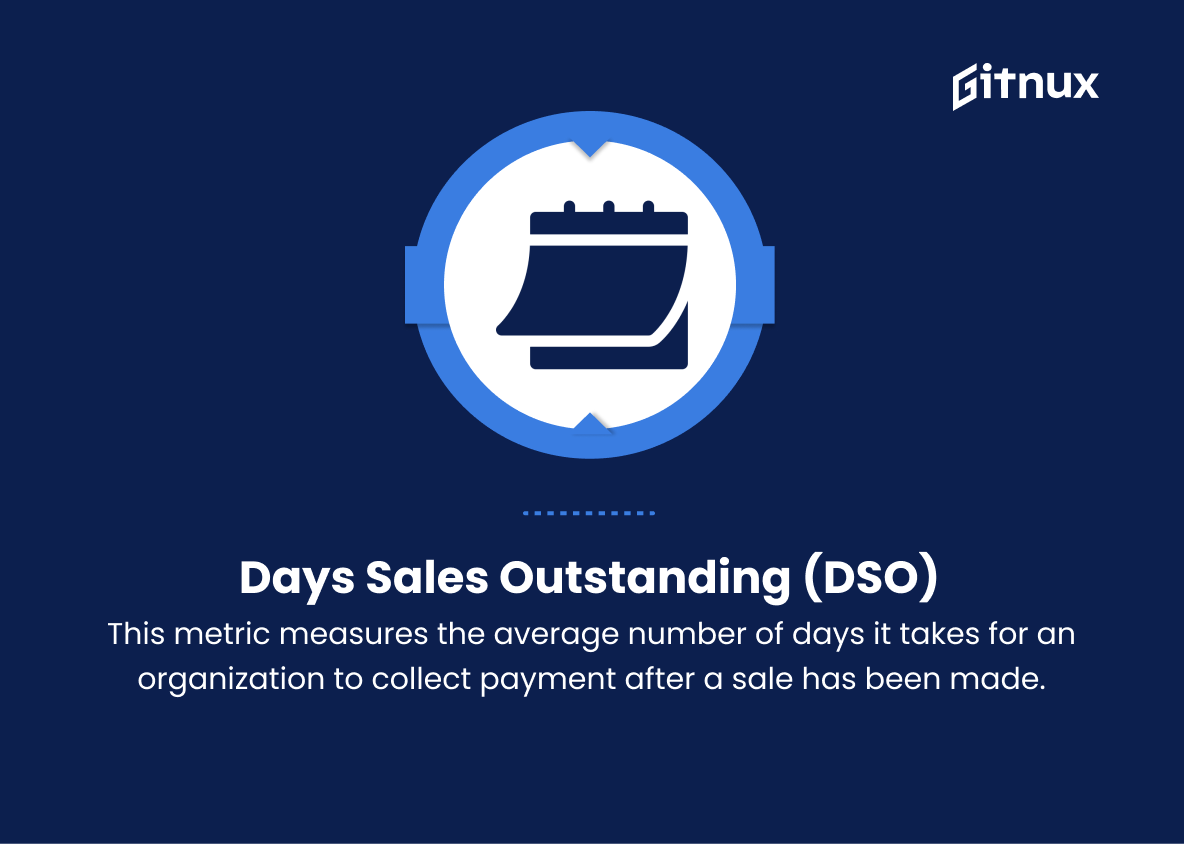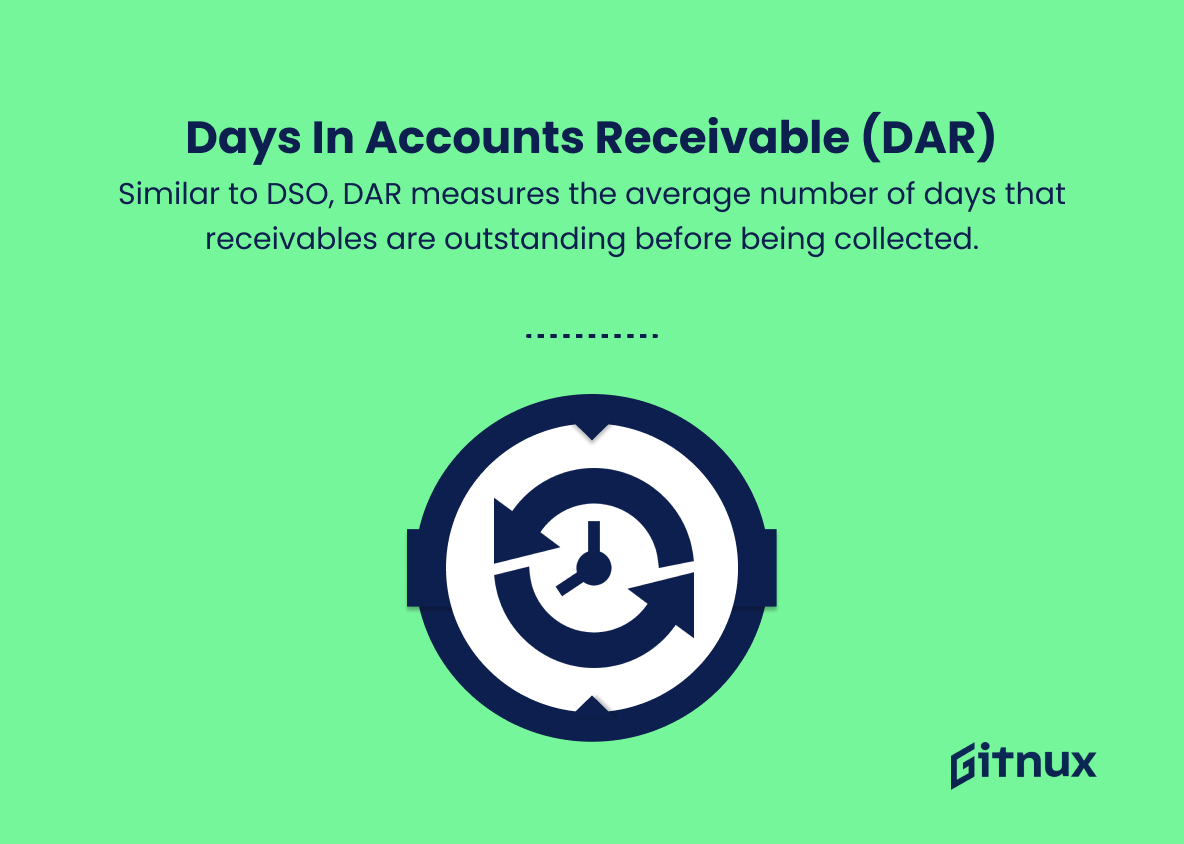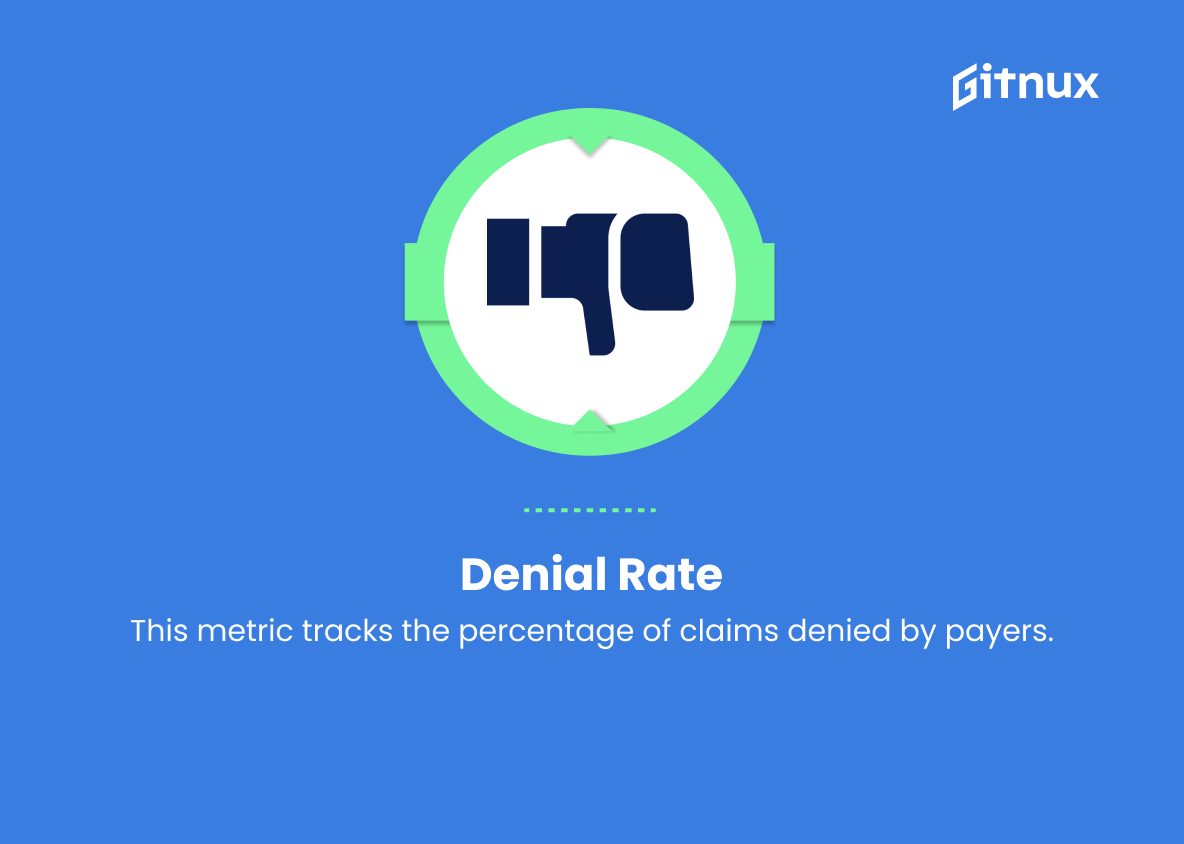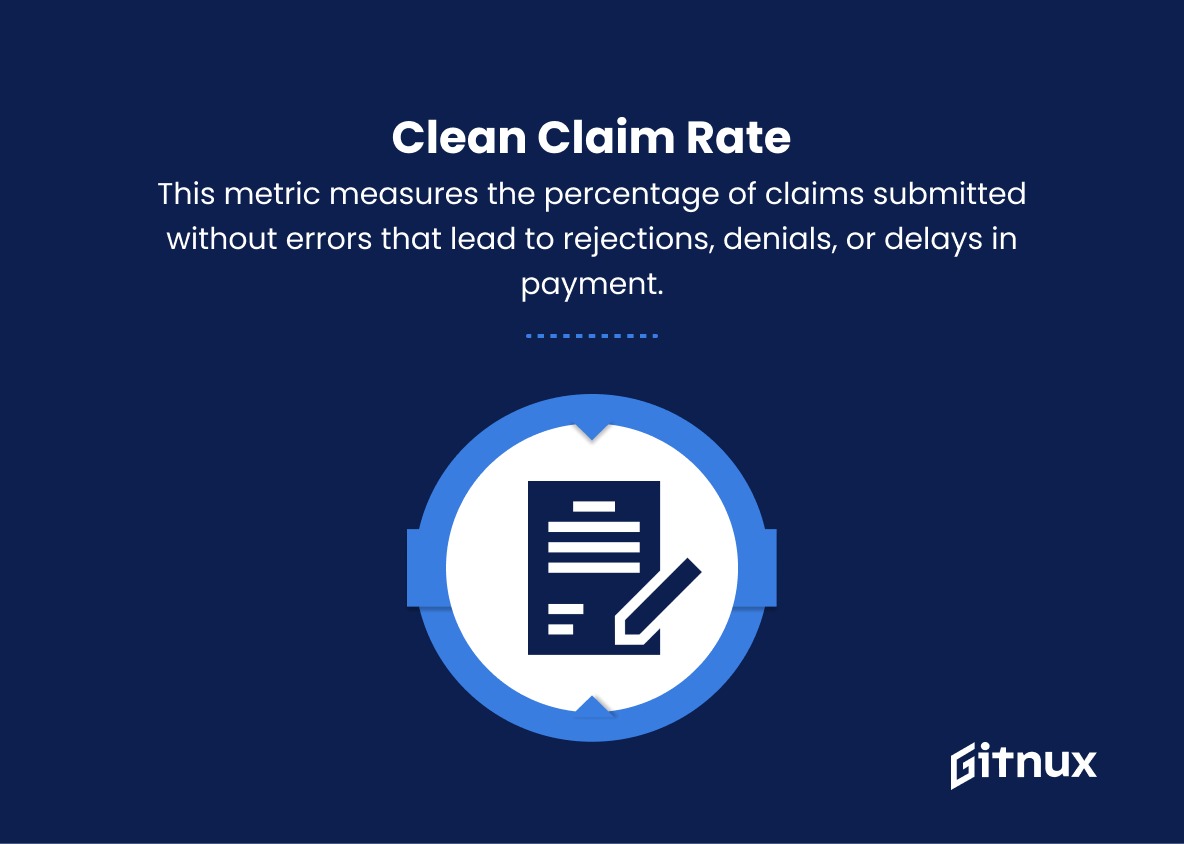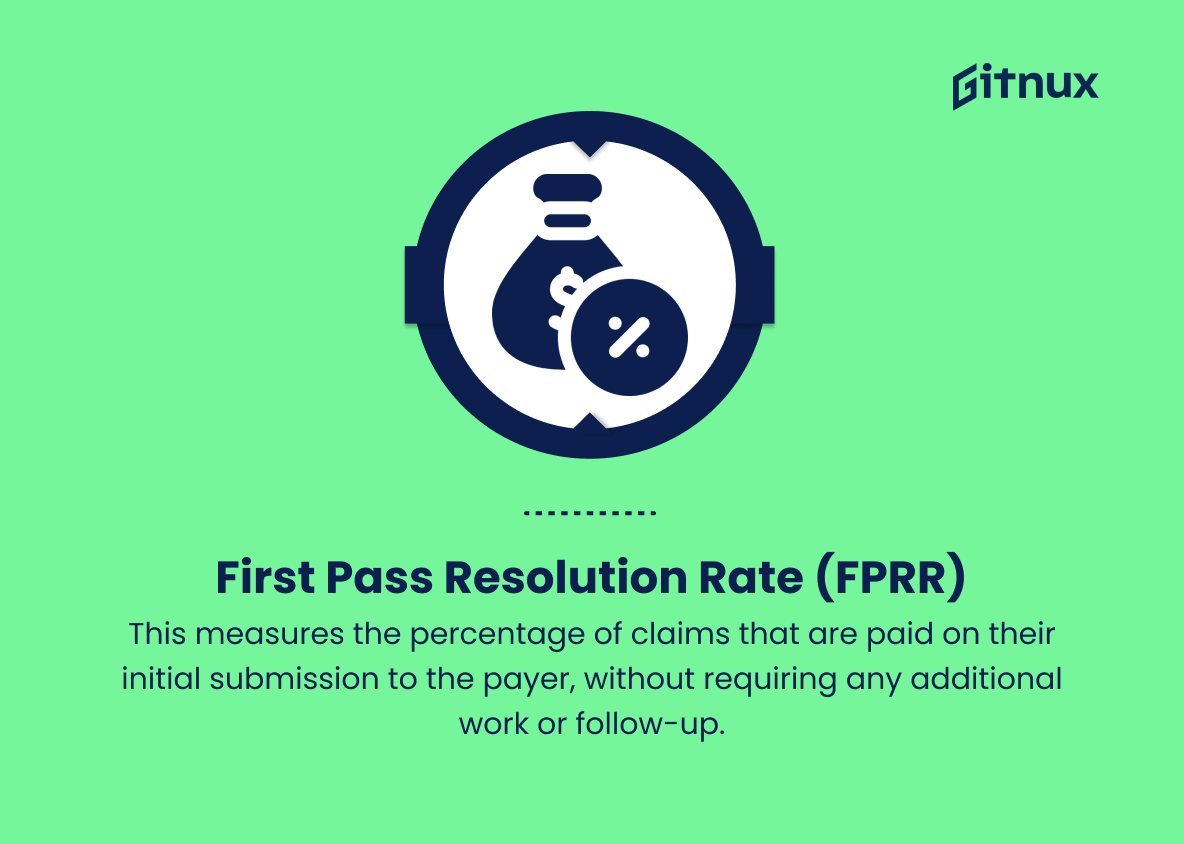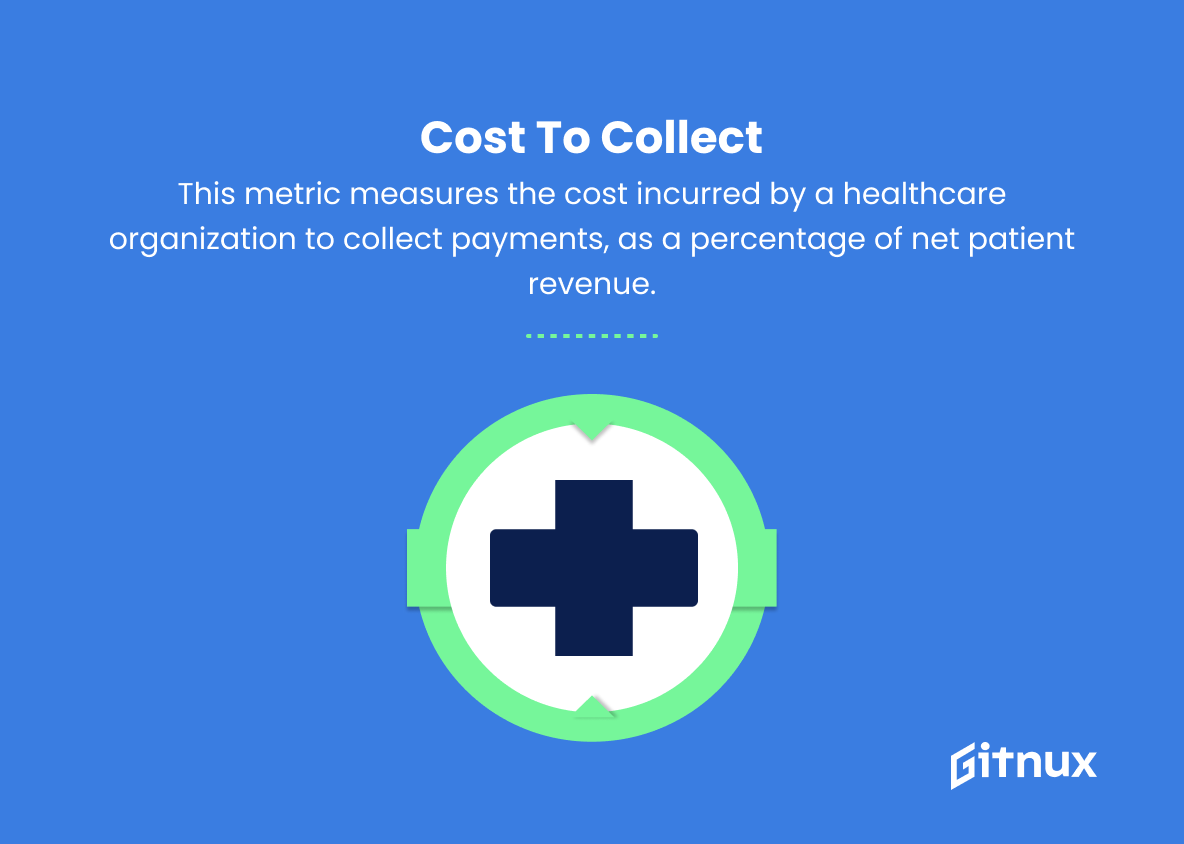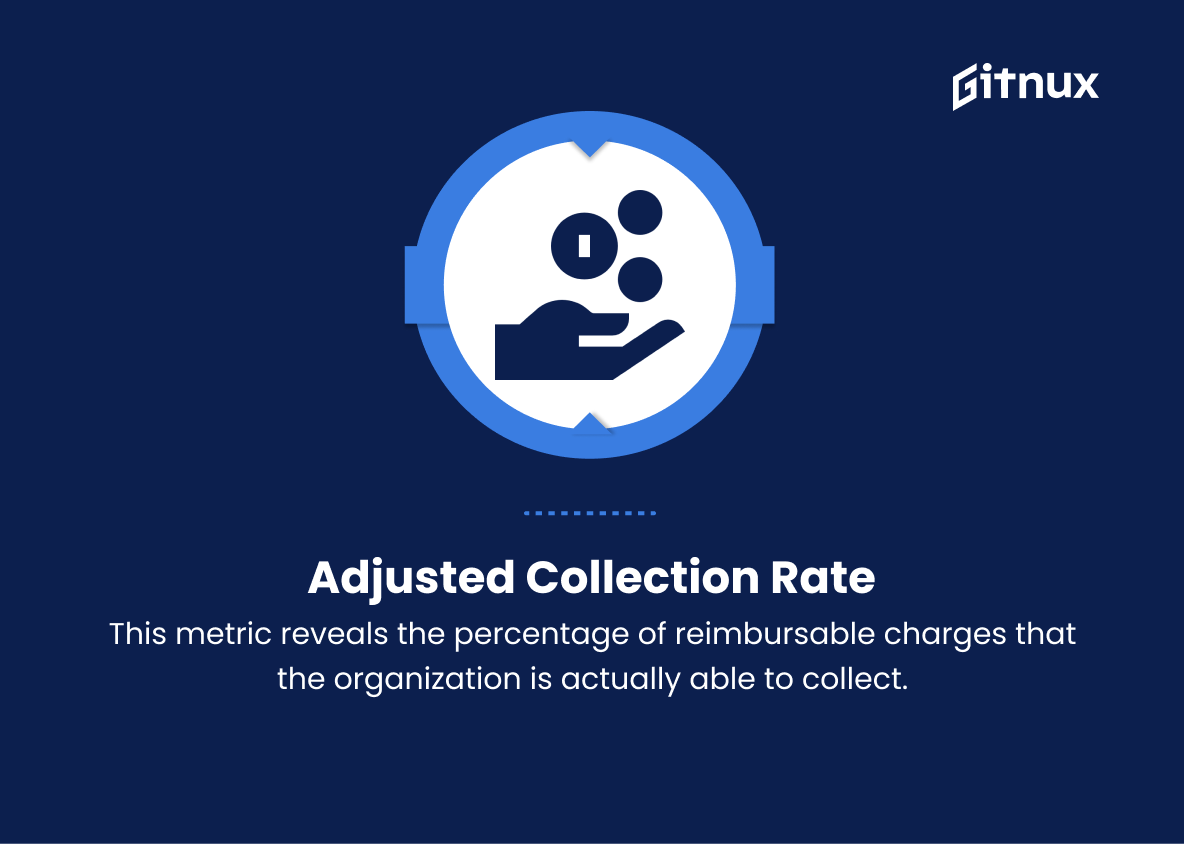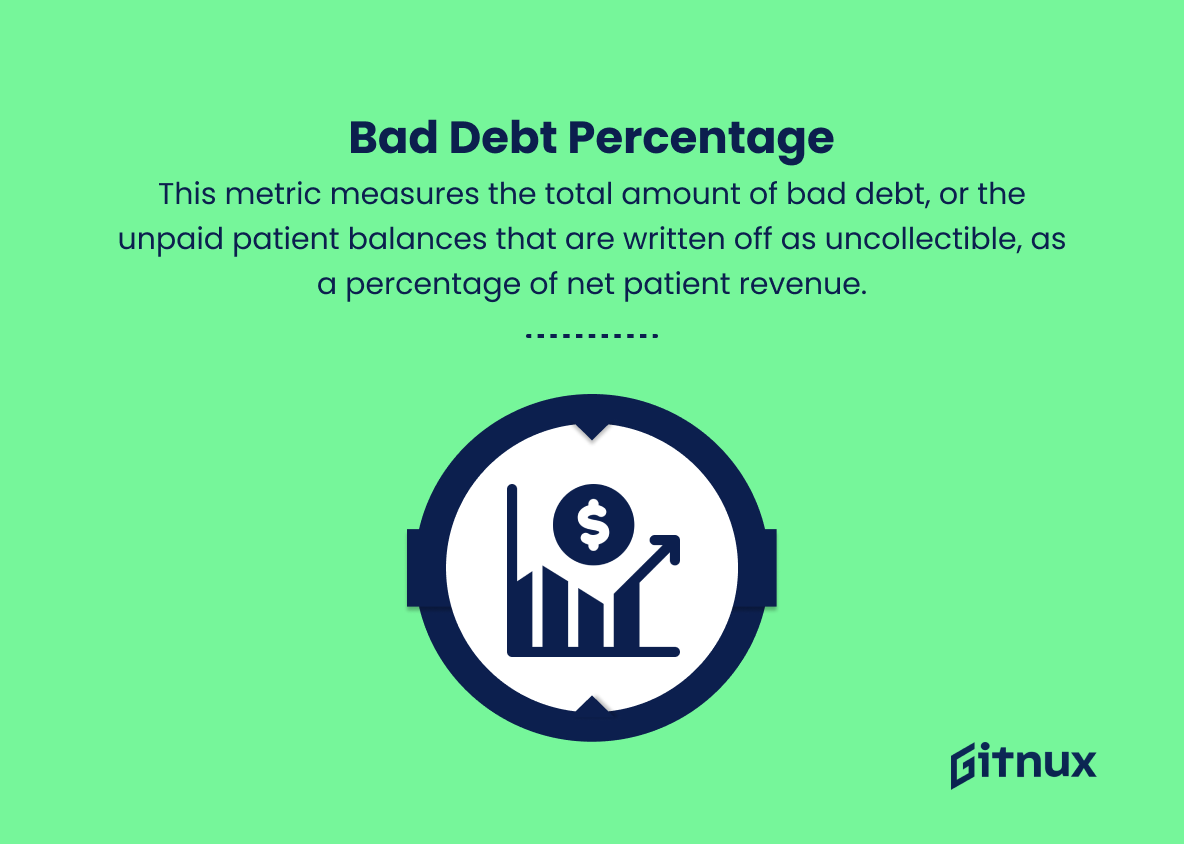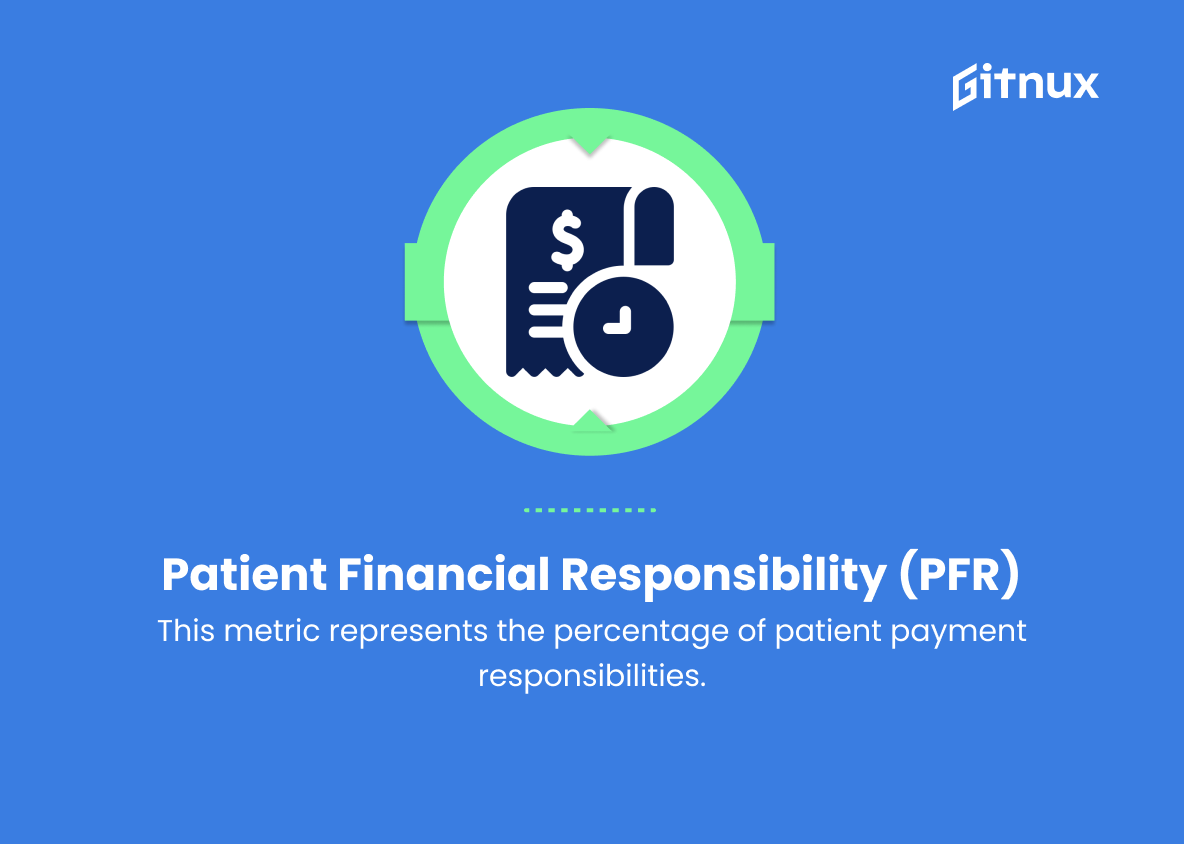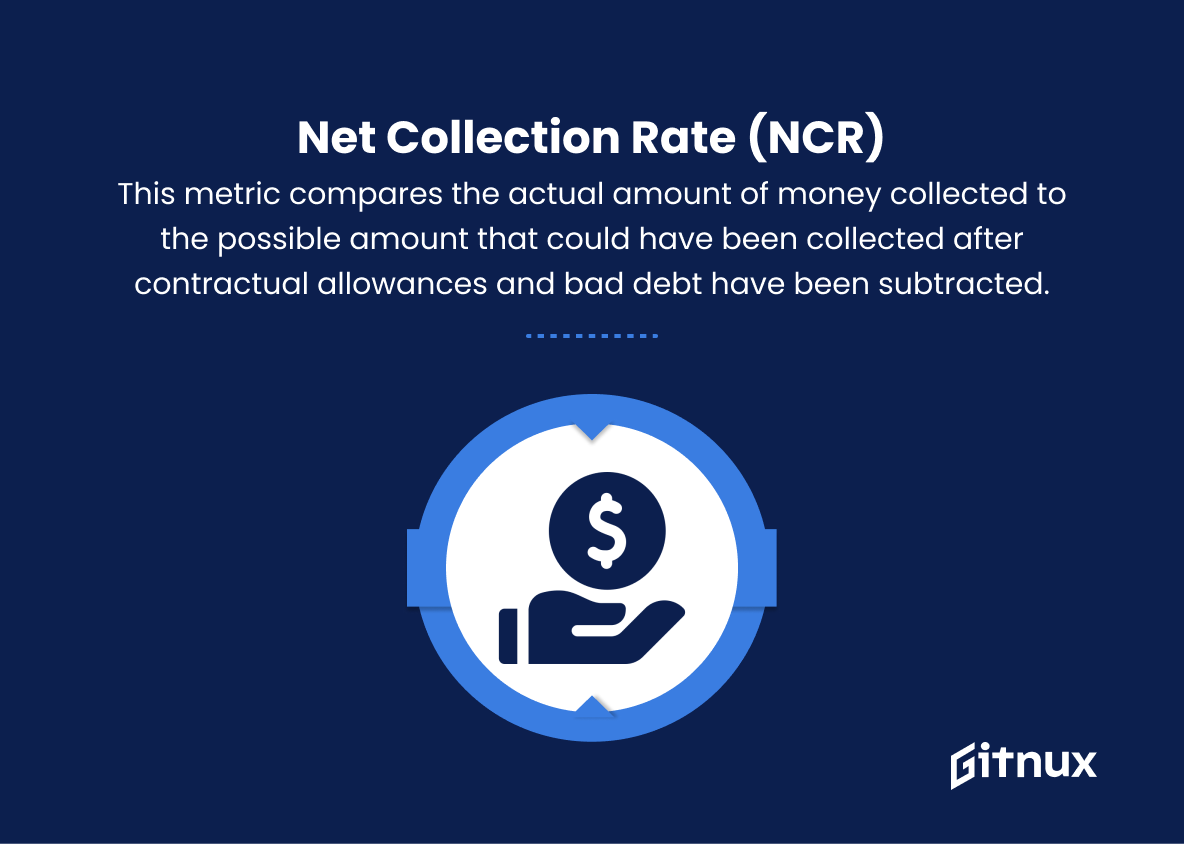In today’s rapidly evolving healthcare landscape, optimizing revenue cycle management is crucial for the financial success and sustainability of medical practices, hospitals, and health systems. With increasing pressure on margins and the ever-present need for improvements in care, understanding and utilizing the best practice metrics in revenue cycle management has become essential.
In this blog post, we will explore the key metrics, industry benchmarks, and best practices that can help healthcare organizations enhance their revenue cycle performance while ensuring the highest standard of patient care. Join us as we delve into the vital world of revenue cycle best practice metrics, shedding light on methods to streamline the financial process and achieve lasting growth in a challenging environment.
Revenue Cycle Best Practice Metrics You Should Know
1. Days Sales Outstanding (DSO)
This metric measures the average number of days it takes for an organization to collect payment after a sale has been made. A lower DSO indicates that the revenue cycle is efficient and the company is quickly converting its receivables into cash.
2. Days in Accounts Receivable (DAR)
Similar to DSO, DAR measures the average number of days that receivables are outstanding before being collected. The goal is to minimize this number, as it indicates the efficiency of the organization’s revenue cycle.
3. Denial Rate
This metric tracks the percentage of claims denied by payers. A lower denial rate indicates that the organization’s billing process is accurate and efficient. Constantly tracking and addressing the most common causes of denial can help to improve this metric.
4. Clean Claim Rate
This metric measures the percentage of claims submitted without errors that lead to rejections, denials, or delays in payment. A higher clean claim rate means that the organization has a strong revenue cycle management process in place.
5. First Pass Resolution Rate (FPRR)
This measures the percentage of claims that are paid on their initial submission to the payer, without requiring any additional work or follow-up. A high FPRR indicates efficient healthcare revenue cycle management and effective coding and billing practices.
6. Cost to Collect
This metric measures the cost incurred by a healthcare organization to collect payments, as a percentage of net patient revenue. A lower cost to collect indicates a more efficient revenue cycle, with fewer resources spent on collecting payment.
7. Adjusted Collection Rate
This metric reveals the percentage of reimbursable charges that the organization is actually able to collect. A higher adjusted collection rate points to more efficient billing and collections processes.
8. Bad Debt Percentage
This metric measures the total amount of bad debt, or the unpaid patient balances that are written off as uncollectible, as a percentage of net patient revenue. Lower bad debt percentages reflect a more effective patient collections process.
9. Patient Financial Responsibility (PFR)
This metric represents the percentage of patient payment responsibilities. As patients bear greater financial responsibility for their healthcare, it’s vital for providers to track PFR to monitor patient collection efficiency.
10. Net Collection Rate (NCR)
This metric compares the actual amount of money collected to the possible amount that could have been collected after contractual allowances and bad debt have been subtracted. A higher NCR reflects efficient revenue cycle management.
These metrics provide a comprehensive view of an organization’s revenue cycle performance, allowing for identification of strengths and weaknesses, and ensuring that best practices are in place.
Revenue Cycle Best Practice Metrics Explained
Revenue Cycle Best Practice Metrics are essential for organizations to assess the efficiency and effectiveness of their revenue cycle management processes. Metrics such as Days Sales Outstanding (DSO) and Days in Accounts Receivable (DAR) determine how quickly receivables are converted into cash, highlighting the effectiveness of collection efforts.
Denial Rate, Clean Claim Rate, and First Pass Resolution Rate (FPRR) provide insights into billing accuracy and efficiency, while Cost to Collect and Adjusted Collection Rate evaluate the cost and success of collection efforts.
Bad Debt Percentage and Patient Financial Responsibility (PFR) focus on patient collection efficiency, and Net Collection Rate (NCR) offers an overall assessment of revenue cycle management performance. By monitoring these metrics, organizations can identify areas for improvement, implement best practices, and optimize their revenue cycle management to ensure financial stability and sustainability.
Conclusion
In conclusion, the implementation of revenue cycle best practice metrics is essential for the financial success and sustainability of any organization. By establishing strong KPIs, such as days in A/R, denial rate, and clean claim rate, organizations can more effectively track, analyze, and improve their revenue cycle performance.
This, in turn, will lead to streamlined processes, reduced errors, and a more predictable cash flow. Furthermore, it’s crucial to consistently monitor and analyze these metrics, as this allows for continuous optimization and adaptation in a constantly evolving healthcare landscape. In this way, organizations can remain competitive, financially secure, and better equipped to serve their clients to the best of their abilities.
